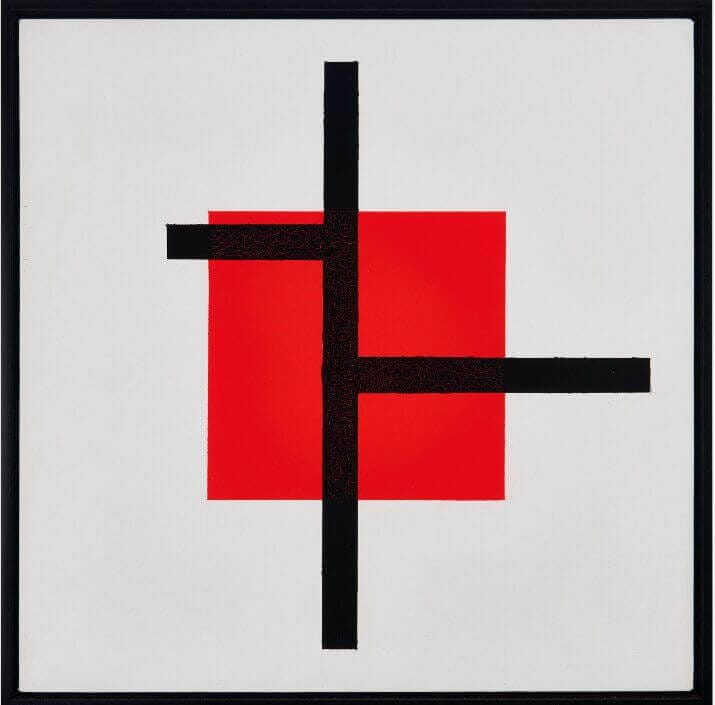Rivera José De
José de Rivera, an influential American sculptor, was born in Baton Rouge, Louisiana, and grew up in the culturally rich city of New Orleans. Despite facing early challenges, including dropping out of high school, de Rivera persevered, eventually completing his education at a boarding school. His early work involved fixing farm machinery on a plantation, hinting at his later fascination with form and mechanics.
In 1924, de Rivera made a pivotal move to Chicago, where he honed his artistic skills under the guidance of muralist John W. Norton. His work with the Federal Arts Project of the Works Progress Administration further developed his artistic voice and technical prowess.
By 1932, de Rivera had relocated to Manhattan, where he balanced artistic pursuits with practical work as a model maker for Sikorsky Aircraft. His service in the United States Army Air Corps during World War II included contributions at the Training Aids Development Center, blending technical skill with creative problem-solving.
De Rivera’s breakthrough came in 1946 with his first solo exhibition at the Mortimer Levitt Gallery in New York City. He gained further acclaim with the exhibition of his piece Black, Yellow, Red (1942) from 1947 to 1952 in the Painting toward Architecture exhibition. This piece received significant media attention and was prominently featured in The New York Times and Newsweek, solidifying de Rivera’s reputation in the art world. The artwork also played a central role in Henry-Russell Hitchcock’s book Painting toward Architecture, with a foreword by Alfred Barr of the Museum of Modern Art, New York.
In the early 2000s, de Rivera’s legacy continued to be celebrated with exhibitions such as Jose de Rivera: Abstract Sculpture, Painting and Works on Paper at the Valerie Carberry Gallery in Chicago.
José de Rivera passed away on March 12, 1984, at the age of 80 in Lenox Hill Hospital, New York City, leaving behind a legacy of innovation in abstract sculpture that continues to inspire generations of artists.
Untitled (Black Lines, Red Square), 1982
